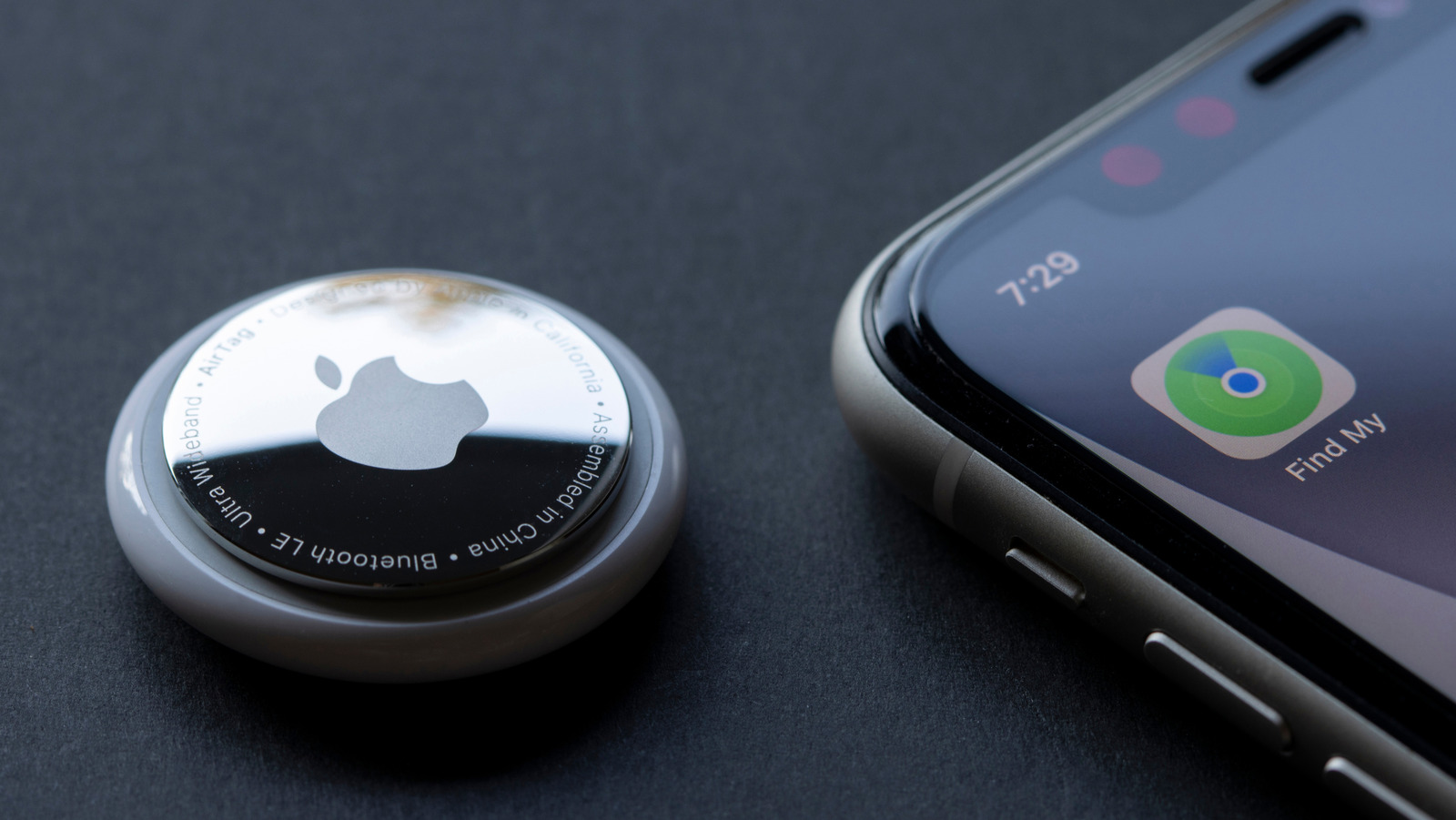Megan Ellis / Android Authority
I feel like 2025 has been the year of quitting apps for me. Some of this has been due to moving to more privacy-focused open-source or self-hosted apps, but a pervasive theme has been free apps simply getting worse as a way to try to push users to a paid tier.
Many of us are used to the trend of free platforms becoming worse in the pursuit of monetization — it’s what has made me skeptical of any new free product Google or Meta launches. But when it comes to smartphone apps specifically, I’ve noticed that apps are increasingly marketing themselves as free while being almost unusable without a paid subscription.
What’s your biggest frustration with freemium apps?
20 votes
‘Free’ is becoming a loaded word when it comes to apps

Megan Ellis / Android Authority
There have always been trade-offs when it comes to free apps, especially in recent years. But for a long time, this was limited mostly to ads. Premium tiers were introduced as a way to remove ads or add additional features, but mostly felt optional rather than a necessity.
However, as shareholders and companies push for more profits, the way freemium apps have started trying to incentivize free users to upgrade to premium plans feels a lot less like paying for a few extra perks. Instead, certain apps have gutted their free tiers to the point that they feel unusable without a subscription. You’re not paying for a few extra features or to avoid ads, you’re paying to use an app in the same way you once did as a free user.
Apps cut away at their free features while still marketing themselves as free to use.
At the same time, these apps never pivot their advertising away from pushing their service as free. This lures more people into using the apps, not realizing how limited the free features are. Only after you’ve signed up for an account are you greeted with the numerous prompts to upgrade as you run into paywalls over and over again.
I’ve been on both sides of these tactics: an existing free user that gets pushed towards a paid plan as the app’s free version gets worse and worse, and a new user that thinks an app is free based on its app store description only to encounter paywalls for basic features.
I wish these apps would just be honest: they’re not freemium, they’re basically premium-lite.
I’m fine with premium apps, but the ‘free’ bait-and-switch is frustrating

Megan Ellis / Android Authority
There’s nothing wrong with premium apps, and there’s nothing wrong with paying for subscriptions for free apps that you find genuinely useful. But the reality is that not everyone can afford premium versions of the apps they use, especially as more services move towards monetization. This is especially true if you live in a market that has a weak currency while the apps in question don’t have regional pricing.
I quit Duolingo after its change to the energy system since the new system limits how many lessons you can do in the app before needing to spend gems. Before, you lost hearts if you made a mistake. But with energy, you lose energy with every exercise and only get a small amount back after a series of correct answers. So while correct answers could guarantee you could learn for as long as you liked on the free Duolingo plan, the new energy system means you will run out of energy after a few lessons no matter how many correct answers you get.
Some of the commenters on the article said that I should just pay for an app that I had been using for so long. Duolingo isn’t the only app doing this though, as I also stopped using CapCut earlier this year after it locked some simple free features behind a subscription too. I used to recommend CapCut to everyone, but that was before the once-free features became premium ones in the push for monetization. This included auto-generated captions, which are an accessibility feature, and exporting videos without a watermark. The app would also send me notifications every few hours just so that it could serve me ads, so I just ended up uninstalling it.
Evernote is another app with a free plan that got worse over the years. In 2023, the platform limited free accounts to 50 notes and one notebook. In 2024, the company introduced a new device limit for free accounts — limiting free users to one device. Luckily for me, by the time that this had happened, I no longer used the app.
But it is a worrying trend. Do we simply have to keep paying up for previously free features endlessly?
It’s not feasible to pay for every app that decides certain features are no longer free.
I just don’t have the budget for additional app subscriptions. Of the few subscriptions I had, I’ve cancelled most — even some that I genuinely wanted to keep. So when an app’s free plan is no longer worth all the drawbacks to me, I have to move on. But it’s sad that this strategy is affecting so many apps.
Besides being an existing user who has had to leave apps I’ve used for years, I’ve also been a new user who gets duped into downloading unusable apps that market themselves as free. When I look for new apps to try, I take my limited budget into account.

Edgar Cervantes / Android Authority
This means it’s exceedingly frustrating when an app is not upfront about its free features and only waits until you set up an account and start using it before it locks you out and requests that you upgrade.
It’s what made looking for free apps that make my life easier so irksome. This was most apparent with apps to track medicine. One app, Medisafe, markets itself as free to download and use, but leaves out an important limitation in its app store description — you can only add two medications to track on the free version. If I only needed to track two medications, I wouldn’t be looking for a medicine tracking app. Based on user reviews, you could track more medications before, but an update added the limit to push users to the paid version instead.
Another frustrating element is that many apps trick users into downloading them and creating accounts before revealing their limited free features.
I also encountered this when looking for an app to track my pets’ health, with one free app limiting me to only one pet on the free plan. I eventually settled on just using Notion instead.
This issue wouldn’t be as frustrating if apps were just upfront about requiring a subscription. Several Duolingo alternatives do this, while still allowing you to try out a few lessons and features.
The Play Store does give some information about whether an app includes in-app purchases and ads, but these details aren’t nearly enough. You can get a general price range of the in-app purchases, but not whether they’re subscriptions or once-off purchases. You also can’t tell if these in-app purchases are for something like removing ads, an optional purchase to support developers, or a subscription to access basic functionality.
Don’t want to miss the best from Android Authority?


This means that apps are free to list themselves as free with in-app purchases, even if the free tier is severely limited. There’s no way to tell if you can afford the premium plan, and even visiting the app’s website doesn’t always reveal that information. You have to rely on developers being open about the limitations of their free plans.
For example, Health Sync is straightforward about requiring a subscription, with these details included in the app’s description. It gives you a one-week free trial so that you can test whether it works, without requiring you to supply any payment information. I initially just wanted to try out the app to see if it worked with a service I was writing about for an article, but ended up keeping it when I saw how affordable the subscription was. For six months, it cost me just over $1.
Pushover is also very clear that the app gives you a free 30-day trial, but requires a one-time purchase of $4.99 to use once this trial expires. But apps like Duolingo, CapCut, Evernote, and Medisafe don’t expressly state the limits of their free plans. Instead, they wait for you to run into these limits to then prompt you to upgrade instead.
How apps can achieve the right balance

Megan Ellis / Android Authority
Not every app can be free, and I understand that. But it also doesn’t mean we should have to settle for misleading advertising and worsening free experiences. First off, there are ways to monetize apps that still prioritize the user experience.
Many apps manage to strike the right balance. For example, some apps only lock certain features behind a paywall when they directly impact the cost of a service, like cloud syncing. It’s why many open-source services offer premium plans for their hosted services (but free versions for anyone self-hosting).
Notably, though, I’m excluding apps that use unlimited cloud syncing and storage to entice users to adopt them, then change the rules at a later point. This is just another deceptive trick used to push people to paid plans.
Even when a service does expand paid features beyond those that are cost-intensive, they can do this without limiting previously free features. I’ve used TickTick for years and even paid for it for a while, but decided that its basic features were all that I needed. I’ve never felt pressured to upgrade because the paid plan is aimed at power users, not squeezing basic users for more cash.
Regional pricing also goes a long way towards ensuring people can support apps. It’s a huge reason why I was able to subscribe to Spotify Premium for so long. I did eventually have to cancel because my budget became constrained by medical costs.
But because its free plan is at least tolerable thanks to improvements Spotify has made, I can keep supporting the artists I like even while not subscribing. It also ensured my loyalty as a customer. Once my budget allows it, I’ll be back to a monthly subscription.
However, there have been times I’ve temporarily subscribed to an app to get around the limits of the free plan — like when IFTTT cut down the number of applets you could run. In these cases, where it’s a grudge purchase, the companies have burnt any goodwill from me. Once I managed to cancel those subscriptions, I never came back and I’ve sworn off using these types of apps again.
The reality is that there’s only so much we can do as users to curb these tactics by companies. Switching to alternatives is one way to do it, and I definitely wouldn’t suggest giving in to these bullying tactics unless an app really is essential to you. Even then, I’d always look out for competitors that offer a better experience even if it’s paid — reward the apps that actually deserve it.
I do hope though that gatekeepers like Google will become stricter about how apps market themselves in app store listings. Requiring freemium apps to be direct about the limitations to their free plans will save people from a lot of wasted time. The current labels available on the Play Store just aren’t descriptive enough.
Thank you for being part of our community. Read our Comment Policy before posting.









